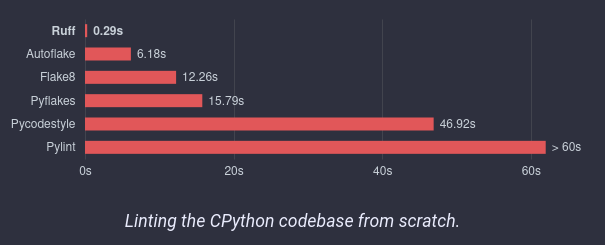Wichtige Information!
-
Ich habe das nicht gelernt und bringe mir das alles selber bei. Ok, ich habe da die ein oder andere Hilfestellung, aber das Meiste versuche ich mir selber beizubringen. Manchmal klappt das, manchmal nicht. Dann verliere ich das Interesse an einem Thema. Aber, dieses Thema hat mich doch angefixt

Es gibt so viele Anleitungen usw. im Netz, doch das Wenigste kann man als Anfänger gebrauchen. Ja, die Einstiegsseiten sind alle ok, aber dann wenn es interessant wird, findet man relativ wenig.
Sollte ich hier in diesem Forum Quellcode rein setzen, dann kann ich nicht sagen, ob das für alle gut lesbar ist. Ich meine, der ein oder andere Profi wird vermutlich nur den Kopf schütteln. Das kann ich dann verstehen und würde mich über eine Verbesserung / Korrektur sehr freuen.
